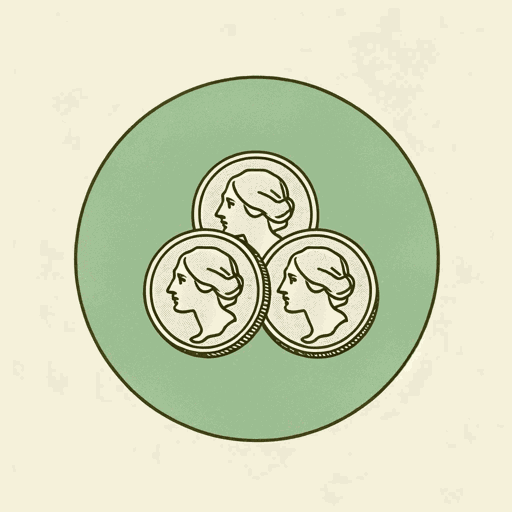51 pages • 1 hour read
Virginia WoolfThree Guineas
Nonfiction | Essay / Speech | Adult | Published in 1938A modern alternative to SparkNotes and CliffsNotes, SuperSummary offers high-quality Study Guides with detailed chapter summaries and analysis of major themes, characters, and more.
Key Figures
Virginia Woolf
Virginia Woolf is both the author of Three Guineas and a figure within the text itself. By the time she wrote Three Guineas, Virginia Woolf was already a famous figure in the worlds of literature and politics. Her ground-breaking novels, such as Mrs. Dalloway and To the Lighthouse, helped to push the boundaries of how literature was created and enjoyed. Furthermore, her work with the publishing firm the Hogarth Press and with the Bloomsbury Group made her one of the leading lights of the modernist movement. This fame is central to Three Guineas, as it is the precept for the unnamed correspondent’s addressing his letter to Virginia Woolf.
As such, there is a tension between the public figure of Virginia Woolf (the one the correspondent believes he is addressing) and the private figure (the one who replies to his letter). The correspondent writes to Virginia Woolf in the belief that she will be sympathetic to his cause of ending war. As a noted pacifist, Woolf would surely help him to bring an end to global conflict. However, a fatal misunderstanding informs much of the text: The respondent is unable to comprehend the difference between the public version of Virginia Woolf and the one who replies to him.
Related Titles
By Virginia Woolf

A Haunted House and Other Short Stories
Virginia Woolf

A Room of One's Own
Virginia Woolf

Between The Acts
Virginia Woolf
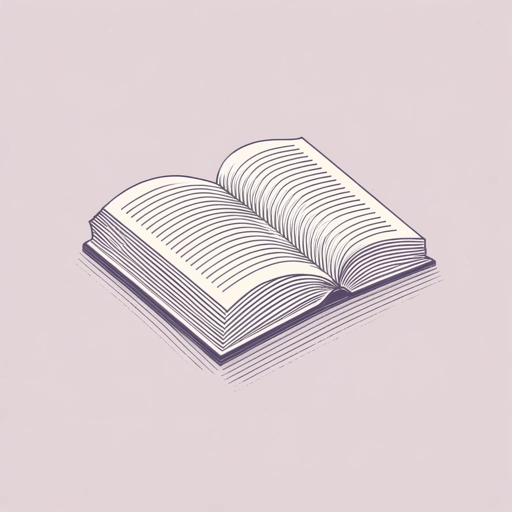
How Should One Read a Book?
Virginia Woolf

Jacob's Room
Virginia Woolf

Kew Gardens
Virginia Woolf

Modern Fiction
Virginia Woolf

Moments of Being
Virginia Woolf
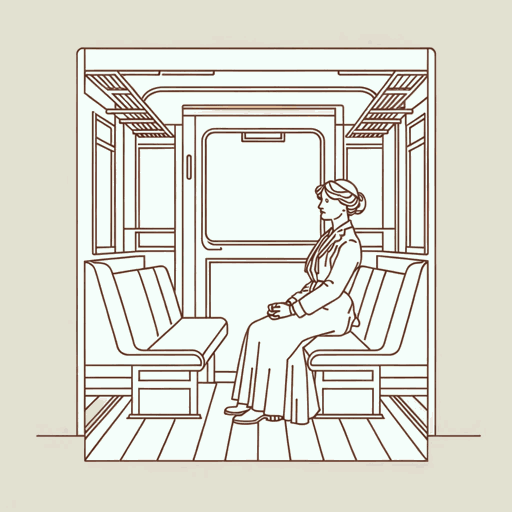
Mr. Bennett and Mrs. Brown
Virginia Woolf

Mrs. Dalloway
Virginia Woolf
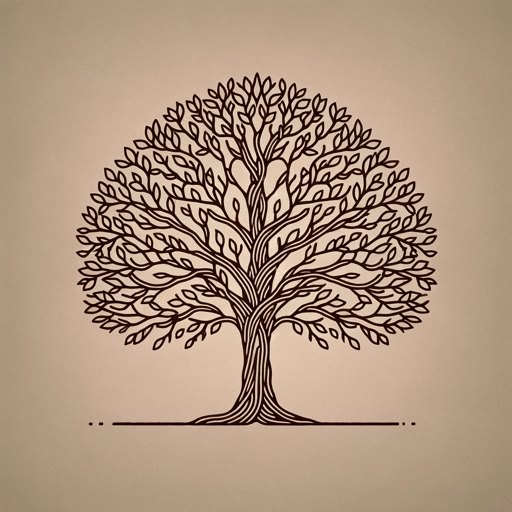
Orlando
Virginia Woolf

The Death of the Moth
Virginia Woolf

The Duchess and the Jeweller
Virginia Woolf

The Lady in the Looking Glass
Virginia Woolf

The Mark on the Wall
Virginia Woolf
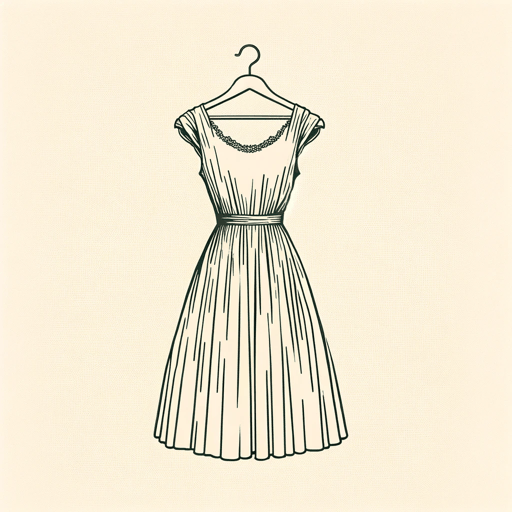
The New Dress
Virginia Woolf

The Voyage Out
Virginia Woolf

The Waves
Virginia Woolf

To the Lighthouse
Virginia Woolf
